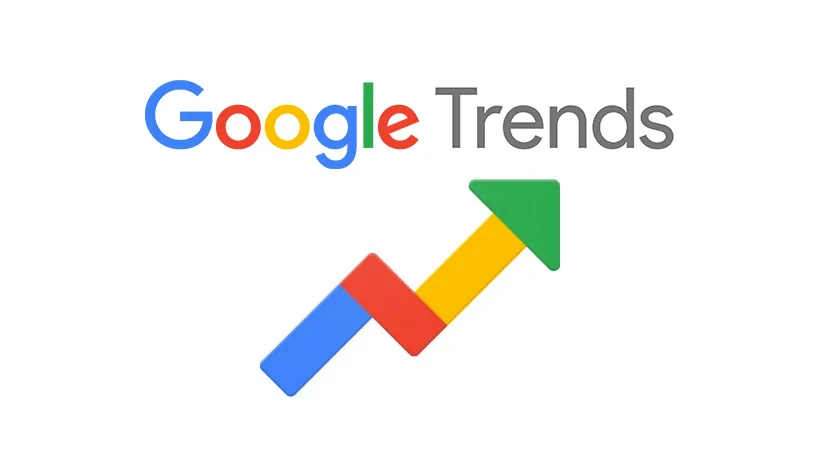Introduction
In the world of search engine optimization (SEO), one of the key factors that can determine the success of your website or blog is the effective use of keywords. Keywords are the words or phrases that people use when they search for information on search engines like Google. By targeting the right keywords, you can increase your chances of ranking higher in search engine results pages (SERPs) and driving more organic traffic to your website.
The Importance of Keyword Optimization
Keyword optimization plays a vital role in the field of SEO. It involves conducting thorough research to identify the most relevant and popular keywords that users are searching for in your niche. By incorporating these keywords strategically into your website content, you can improve your chances of ranking higher in search results and attracting more targeted traffic.
Google Trends
In today’s digital age, data-driven decision-making has become a cornerstone for businesses and marketers looking to stay ahead in the competitive landscape. One such powerful tool that provides valuable insights into user behavior and search trends is Google Trends. In this article, we will delve into the world of Google Trends, exploring its capabilities, applications, and impact on businesses and content creators.
Understanding Google Trends
Google Trends is a free and user-friendly platform offered by Google that allows individuals and businesses to analyze the popularity and interest of search terms over time. It provides valuable data on the frequency of specific keyword searches and presents the information in easily understandable graphs. Users can filter results based on various parameters such as time range, geographical location, and category.
How to Use Google Trends for Keyword Research
- Exploring Keyword Trends
When using Google Trends, start by entering a keyword or keyphrase related to your niche. The tool will display a graph showing the search interest over time. You can modify the search parameters to filter results based on specific time ranges, geographical locations, and categories.
- Identifying Seasonal Trends
Google Trends also helps you identify seasonal trends for specific keywords. By analyzing the search volume during different times of the year, you can optimize your content to align with the periods when interest is at its peak. This way, you can capitalize on the increased search traffic and cater to the needs of your target audience more effectively.
- Analyzing Regional Interest
Another valuable feature of Google Trends is the ability to analyze regional interest in specific keywords. This can be particularly useful if your business operates in different regions or if you’re targeting a specific audience. By understanding the geographical distribution of search interest, you can tailor your content and marketing efforts to suit the preferences of each region.
- Comparing Multiple Keywords
Google Trends allows you to compare the search volume and interest of multiple keywords simultaneously. This feature enables you to identify related keywords or variations that might have higher search volumes or trends. By incorporating these additional keywords into your content strategy, you can cast a wider net and attract a larger audience to your website.

Combining Google Trends with Search Intent
While Google Trends provides valuable insights into keyword popularity, it’s essential to consider search intent as well. Search intent refers to the reason behind a user’s search query. Understanding the intent helps you align your content with what users are looking for and deliver the most relevant information.
For example, if you’re targeting the keyword “iPhone unboxing,” a quick search on Google may show that video results dominate the first page. This indicates that users searching for this keyword are primarily interested in watching videos rather than reading blog posts. Therefore, if you plan to write a blog post about iPhone unboxing, your efforts might not yield significant results as the search intent favors videos.
Google Trends Extension: An Enhanced Experience
For a more enhanced experience, Google offers a browser extension that integrates Google Trends directly into search engine results. This extension provides real-time data and insights while conducting online searches, empowering users with instant knowledge about a topic’s popularity.
The Impact of Google Trends on Digital Marketing
- Crafting Data-Driven Strategies
Google Trends empowers digital marketers to craft data-driven strategies. By relying on actual search data, marketers can better understand their audience and deliver content that resonates with their needs and preferences.
- Understanding User Intent
Understanding user intent is vital in marketing. Google Trends offers valuable insights into what users are searching for, allowing marketers to tailor their messaging and offerings to meet their target audience’s needs.
The Limitations of Google Trends
While Google Trends is an incredibly powerful tool, it does have its limitations. It does not provide absolute search volume numbers, but rather relative popularity. Additionally, it may not be as effective in predicting long-term trends, as it mainly focuses on short-term search data.
Leveraging Google Trends for Content Creation
- Engaging Your Audience
Creating content that engages the audience is the key to success. Google Trends assists content creators in understanding what topics resonate with their target audience, enabling them to produce captivating and shareable content.
- Staying Relevant and Current
Google Trends ensures that content remains relevant and current. By following emerging trends, content creators can keep their material up to date and continue to attract readers.
5. Conclusion
Using Google Trends for keyword research is a valuable practice in the world of SEO. It allows you to identify trending keywords, analyze search patterns, and gain insights into user preferences. By combining the power of Google Trends with an understanding of search intent, you can optimize your content strategy and increase your chances of ranking higher in search engine results.
